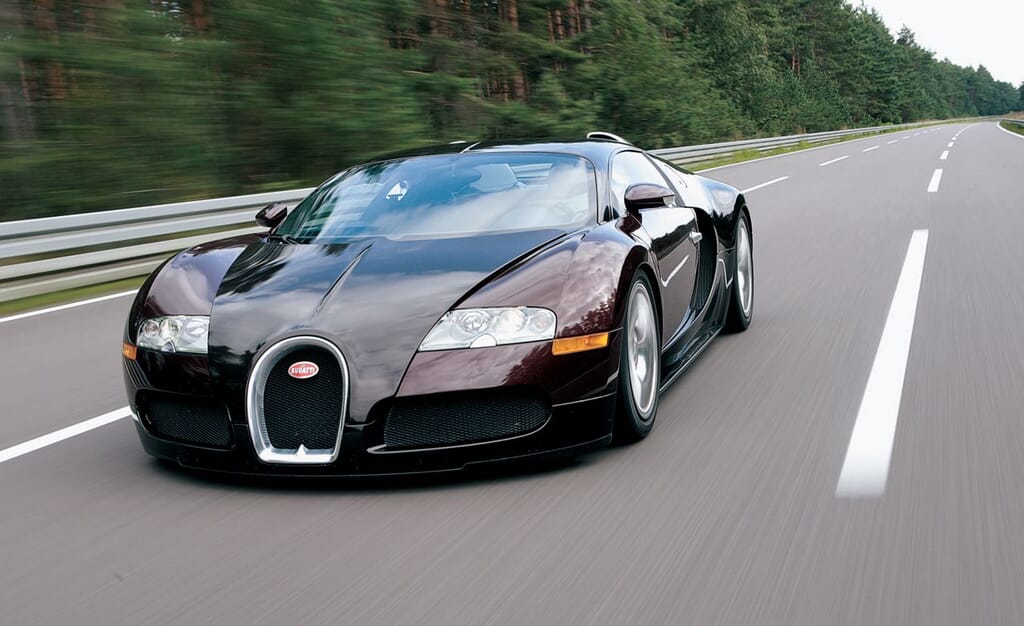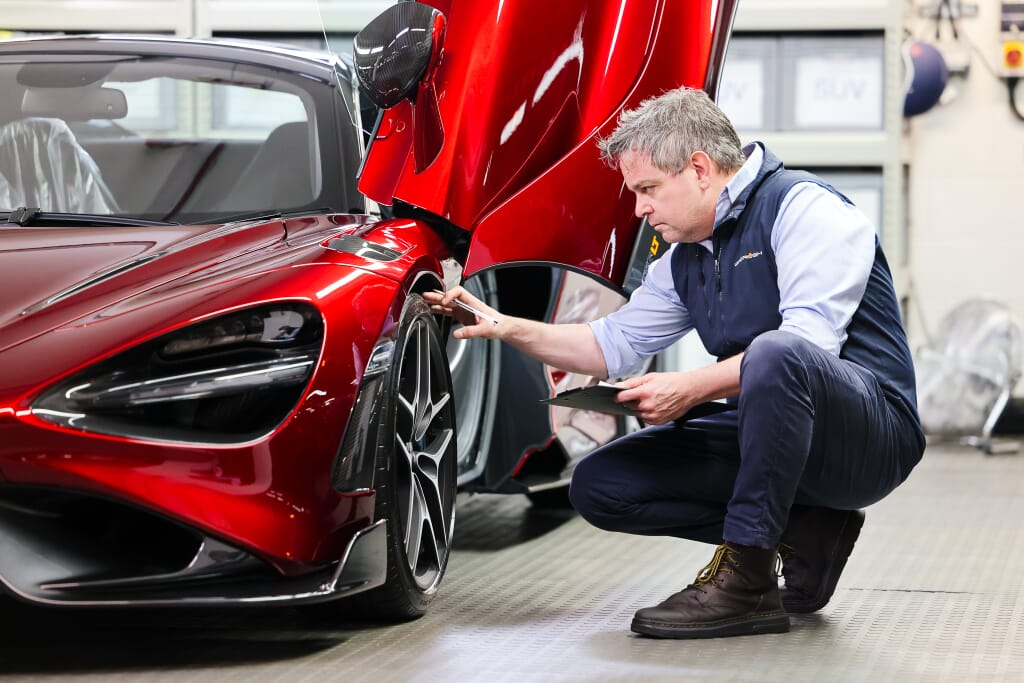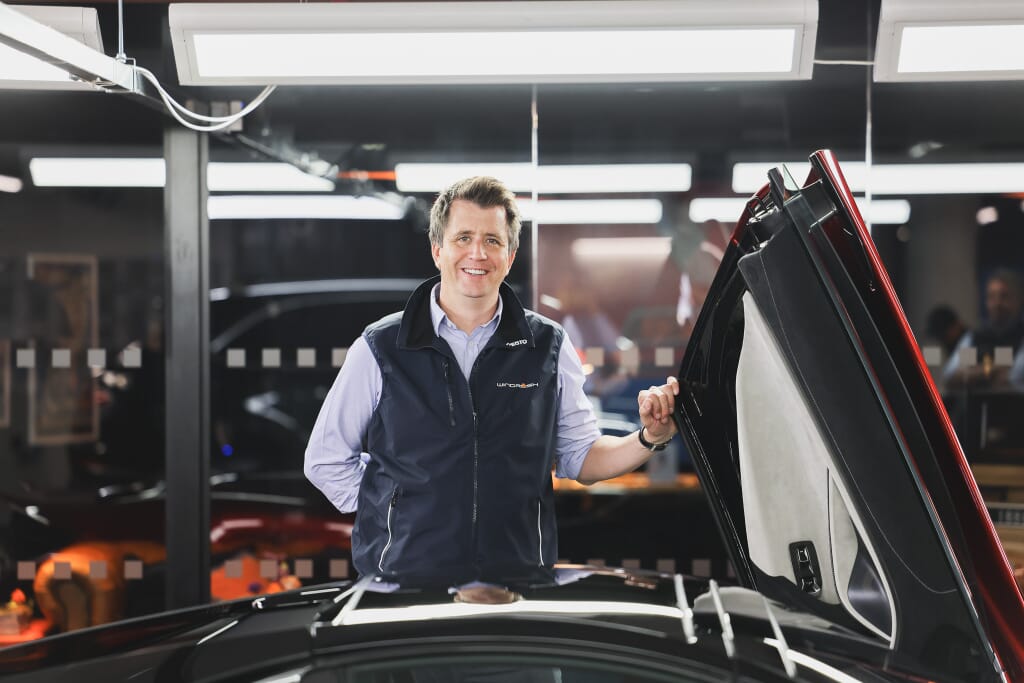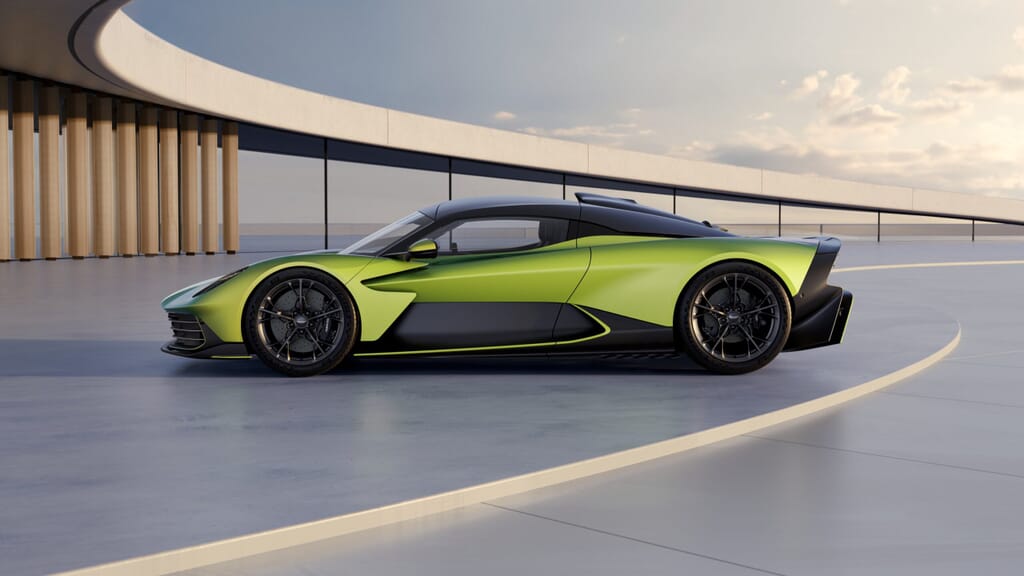
[Image: Aston Martin Valhalla. Credit: Aston Martin]
Would you choose a modern hypercar or classic supercar? Well collectors and enthusiasts have never been better served at the higher end of the luxury car market. From classic and vintage models given a new lease of life by ballooning enthusiasm and better aftermarket support and maintenance than ever before, and a supercar and hypercar sphere of seemingly unending scope, buyers are spoiled for choice.
Are there any parallels between the old and new guard of modern hypercars versus classic supercars? More than you might imagine. From purist models aimed at those who appreciate the sound and interaction of the most highly-developed machines, to cars designed to wow visually and those whose focus is little more than pure speed, we’ve selected modern hypercars and classic supercars in five categories – and dive into the appeal of each.
For the purist: Gordon Murray T.50 vs Ferrari F50
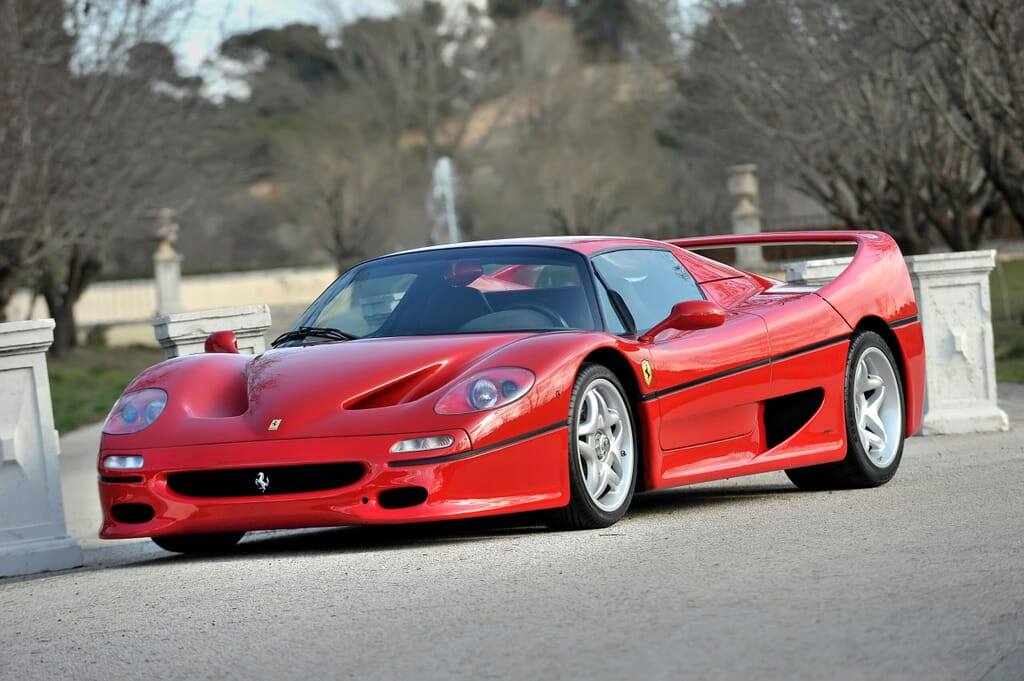
[Image: Ferrari F50]
High-end carmakers can play around with electric assistance, dual-clutch gearboxes, and turbochargers all they like, but the fervour around Gordon Murray Automotive’s T.50 and T.33 demonstrate that if you have the means, nothing comes close to a high-revving naturally-aspirated engine (preferably a V12) with a manual gearbox.
While the likes of Rimac and Lotus struggle to shift their electric hypercars, everything Murray has announced in recent years has sold out instantly. There’s a fair chance too that many owners will actually end up using their cars, not just because that has been Murray’s goal since the start, but because that V12 and manual combination is inherently more interactive than the powertrains of their peers, making every journey a little more special.
Ferrari is no stranger to a V12 and a manual gearbox either, but just one of the brand’s top-level supercars, 1995’s F50, has featured that layout. While rarity plays a part – Ferrari made only 349 F50s, to the F40’s 1311, the Enzo’s 400, and the LaFerrari’s 500 – it doesn’t come as a surprise that collectors value the F50 highest of all the “F” cars. One sold at Monterey in August for more than £6.8 million, and it’s the only modern-era Ferrari flagship at the time of writing to regularly break the £4 million mark.
It’s also by all accounts spectacular to drive, and perhaps the best among its Ferrari siblings. The F50 was famously F1 inspired, its Tipo F130B 4.7-litre V12 (itself F1-derived) bolted directly to the carbon tub with the gearbox and suspension hanging off the back, but it handles beautifully too. While they cannot be directly compared, both T.50 and F50 can be considered among the purest of the supercars, and their appeal will likely never wane as a result.
Key Specifications:
- Gordon Murray T.50: 3.9L V12, 654hp, 986kg, Manual transmission
- Ferrari F50: 4.7L V12, 513hp, 1,230kg, Manual transmission
Ultimate speed: Rimac Nevera R vs Bugatti Veyron
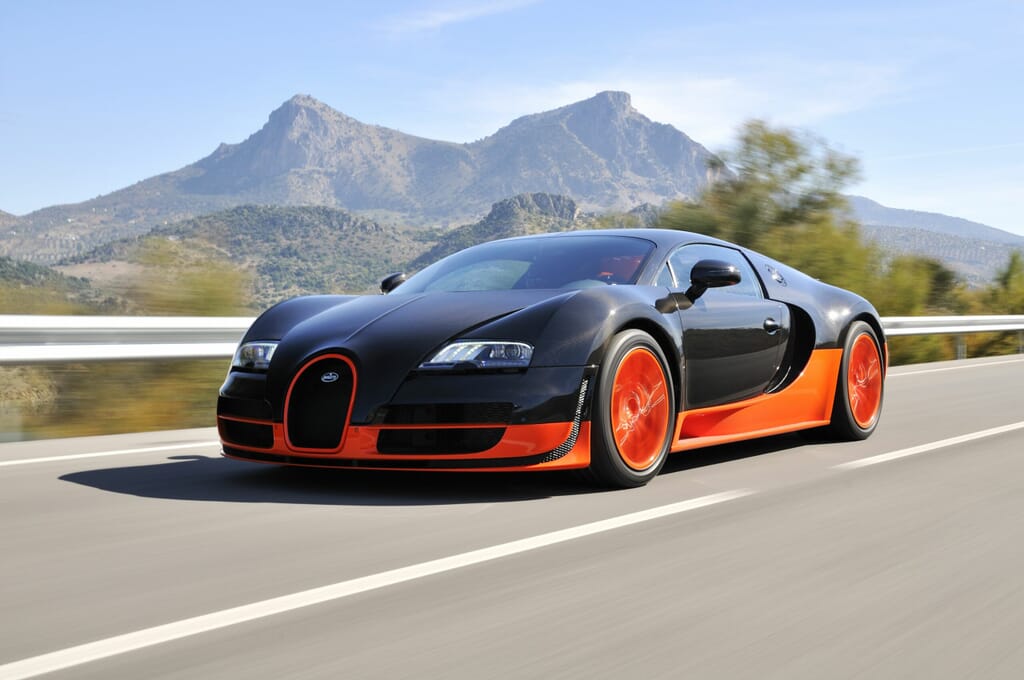
[Image: Bugatti Veyron]
Perhaps Bugatti itself killed the top-speed race in the supercar market. A new challenger comes along now and then, notably US-based Hennessey, but since Bugatti hit a (one-way) top speed of 304mph back in 2019 at Ehra-Lessien in Germany, the top speed race has become one of diminishing returns. Not only are production road cars significantly constrained by how much power you can realistically package into a car with appropriate aerodynamics and cooling, and by appropriate gearing, but also simply by how long tyres can last at those kinds of speeds, and where you can even achieve speeds of 300mph or more.
Acceleration though has begun to take over as the new barometer of big, or rather small numbers. It’s somewhat easier to demonstrate – you don’t need much distance to hit 60mph, or even 100 or 150mph in plenty of modern performance cars – and for better or worse, it’s a metric that’s much easier for the customers themselves to experience.
It’s also become a major selling point of electric cars, which put their power to the ground so smoothly and efficiently that they’ve become the new masters of acceleration. The record seems to tumble once every couple of months, but since July the Rimac Nevera R has been considered the quickest car you can buy, with a 1.66-second 0-60mph time, covering the quarter-mile in 7.9 seconds, and getting from 0-250mph (making it one of the fastest cars too, not just the quickest) and back to zero again in little more than 25 seconds.
Those numbers walk all over that champion of speed from the mid-2000s, the Bugatti Veyron, but few fast cars are more iconic than Ferdinand Piëch’s spectacular vanity project. The 987bhp, quad-turbo, V16-engined supercar will be forever associated with monstrous speed, both in acceleration (0-62mph in around 2.5 seconds) and top speed (over 253mph). While it’s been eclipsed in both metrics, it will be remembered long after the last electric hypercar has been forgotten.
Performance Comparison:
- Rimac Nevera R: 0-60mph in 1.66 seconds, quarter-mile in 7.9 seconds
- Bugatti Veyron: 0-62mph in ~2.5 seconds, top speed over 253mph
Racer for the road: Aston Martin Valkyrie vs Dauer 962 Le Mans
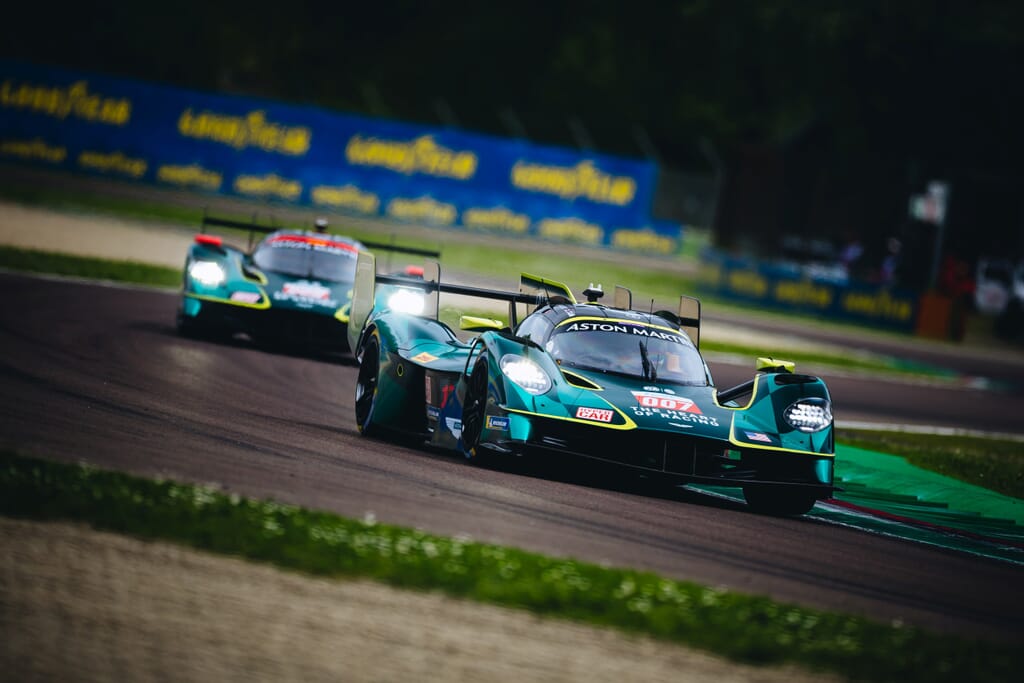
[Image: Aston Martin Valkyrie. Credit: Aston Martin]
The Le Mans prototype era meant it had been quite some time since you could last drive to La Sarthe in the same kind of car that had a good chance of winning the race outright. The last Le Mans winner available in road-car form was 1998’s Porsche 911 GT1 (though GT1 racers with road-going homologation models did compete for a few years after that) and the last actual road car turned into a winning Le Mans racer was the McLaren F1 of 1995.
That changed in 2025, as racing around the circuit for 24 hours were a pair of Aston Martin Valkyries, broadly similar (insofar as racing and road cars are ever truly similar) to the Valkyrie built in road-going form between 2021 and 2024. Conceived during Andy Palmer’s tenure at Aston and designed by then-Red Bull Racing chief technical officer Adrian Newey, the Valkyrie was, and still is, the only true road version of a car built for the current Le Mans Hypercar class in the World Endurance Championship.
It’s not really a car you could pop down to the shops in, unless you like wearing noise-cancelling headphones, air conditioning that prioritises keeping mechanicals cool over occupants, and ensuring the battery isn’t too empty when you turn it off, lest it not start again. In that respect, the aforementioned F1, or GT1 road-cars like the Porsche 911 GT1 and Mercedes CLK GTR offer the Le Mans experience in a more usable package.
So too did the Dauer 962 Le Mans. Jochen Dauer, one of several individuals who turned old Group C racers into road-legal supercars during the 80s and 90s, took genuine 962C racers and retrimmed and refitted them for road use, including moulding in a second seat for your passenger. Power, around 720bhp, came from a twin-turbo 3-litre flat six. Perhaps most remarkable of all, as the Dauer 962 was now a homologated road car, it could lead a second life as a racer in the new GT1 class at Le Mans – and gave the 962 another victory at 1994’s event. Whether the Valkyrie can achieve such a feat remains to be seen, but it makes the Dauer particularly special.
Racing Heritage Specifications:
- Aston Martin Valkyrie: 6.5L V12 + hybrid system, 1,160hp total
- Dauer 962 Le Mans: 3.0L twin-turbo flat-six, ~720hp
The investment play: Ferrari F80 vs Ferrari 288 GTO
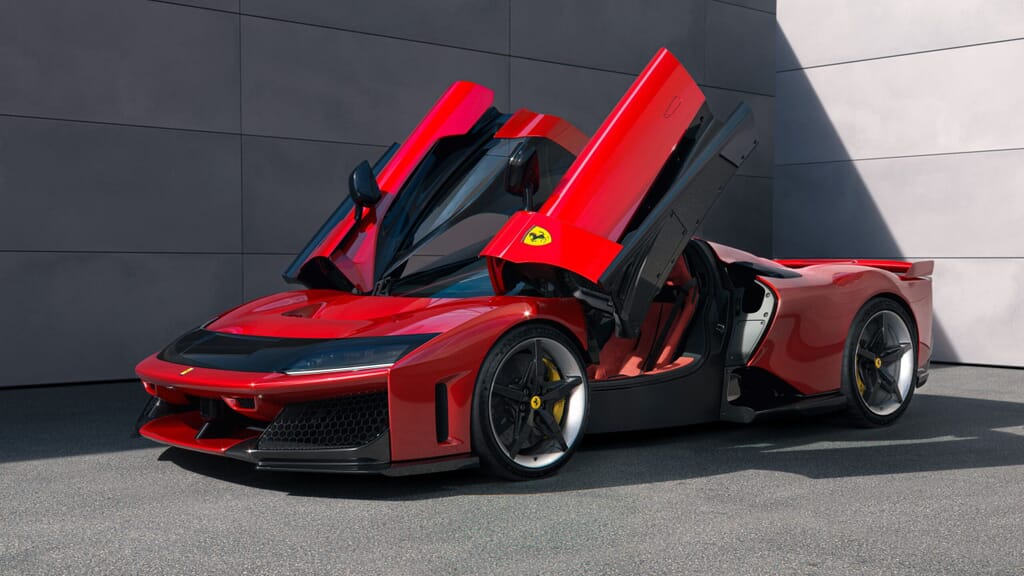
[Image: Ferrari F80]
The idea of cars as investments has caught out people before. At the beginning of the 80s, people bought and sold cars in much the way they’d always done. But inflation began pushing up the value of new cars which in turn began to pull up the values of older ones – Ferraris in particular. A drop in the stock market in 1987 saw people put more money into assets, pushing prices up further. By the end of the decade, supercars were trading for multiples of their value a few years earlier… right until they weren’t. In 1990 investors tried to offload their assets en masse, Ferrari values tanked, and the Italian cars almost pulled down the entire collector car market around it.
The same could happen again, though despite some volatility, classic and performance cars – especially Ferraris – are nowhere near as inflated as they were four decades ago. And it’s Ferraris that still appear to hold most appeal with classic car collectors, seeming better insulated from the recent softening of values that followed the Covid collector car highs.
Among older Ferraris, the 288 GTO has for the past decade or so risen fairly consistently. In 2015 you could expect to pay around £1 million at auction; in 2020 it was roughly double that, and today you can add another million again. That it’s beautiful and a fabulous driver’s car helps, but its status as the first of the top-flight Ferrari supercars certainly doesn’t hurt either.
That trend is echoed across all of the “F” cars too, and particularly since the Enzo, Ferrari’s flagships began appreciating from the off. Which makes today’s car, the F80 – whose base price of around £3.1 million is coincidentally about what you’ll pay for the very best 288 GTO – another whose values are likely to hold steadier than equivalents from the likes of McLaren. The same, surely, will be true of any special variants of the F80 Ferrari opts to create, like the FXX-K and FXX versions of its predecessors.
Kerb appeal: Aston Martin Valhalla vs Lamborghini Countach LP400
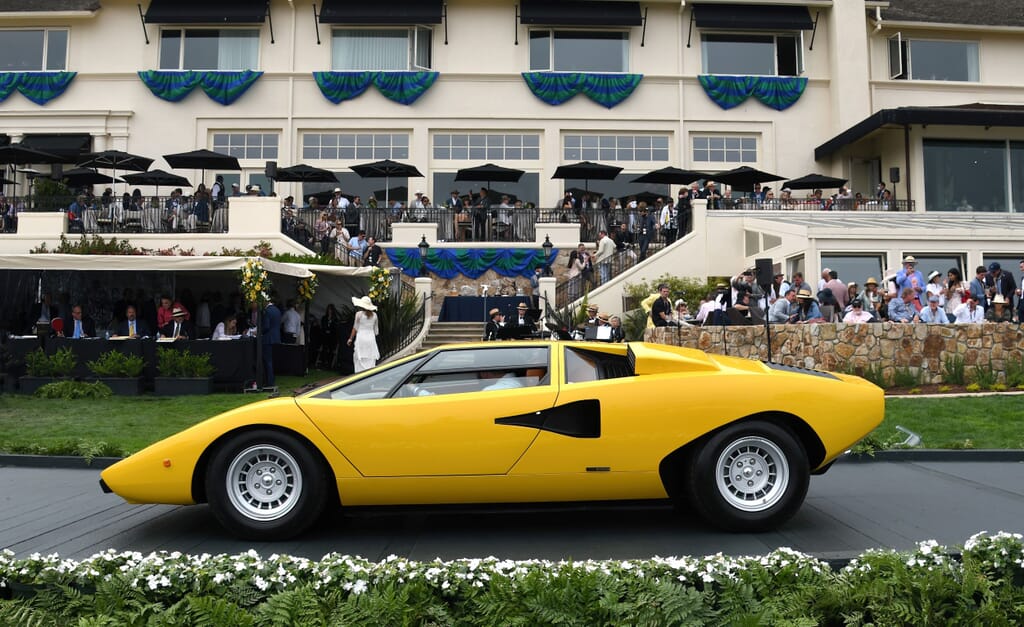
[Image: Lamborghini Countach LP400]
Sometimes all you want or need from a luxury or supercar – modern or classic – is maximum kerbside impact. It is, after all, as significant a part of the supercar mystique as their performance or handling abilities, and today’s hypercars have arguably sailed far past the visual drama we once saw from supercars in the 1980s and 1990s.
The poster child of the 80s supercars – literally, in many cases – was the Lamborghini Countach, in its post-1978 LP400S, LP500S, LP5000, and 25th Anniversary forms. Think wide arches, body kit, and that delta-shaped wing perched just beyond the engine cover. But in some ways, the original LP400 is still the most visually impactful, the purity of Marcello Gandini’s incredible wedge shape best represented without all the plastic added later.
That the early LP400s are often presented in bold 1970s purples, lime greens, and oranges kicks the eyecatching styling up a few more notches, yet it also doesn’t look out of place on a concours lawn, surrounded by vintage elegance. It’s some of that elegance we’re channeling for our modern pick too, the new Aston Martin Valhalla.
It works for this particular comparison as, at about £850,000, it’s in the same ballpark as a top-condition LP400 in today’s market. Performance is of course in a different league, but the Valhalla has been designed to be usable too (much more so than the Valkyrie it vaguely resembles). Like the Lamborghini the basic shape is striking, but relatively unadorned, and is best brought out with vivid colours rather than enormous wings and spats, while the Aston Martin badge always attracts goodwill. Whether King’s Road or concours lawn, it should prove to be an attention-getter, just like the LP400.
For enthusiasts considering their next supercar purchase or classic car investment, professional storage and maintenance become essential considerations to ensure their long-term protection and investment value. And while you’re here, don’t miss our many other articles on modern hypercars and classic cars in our Journal.

